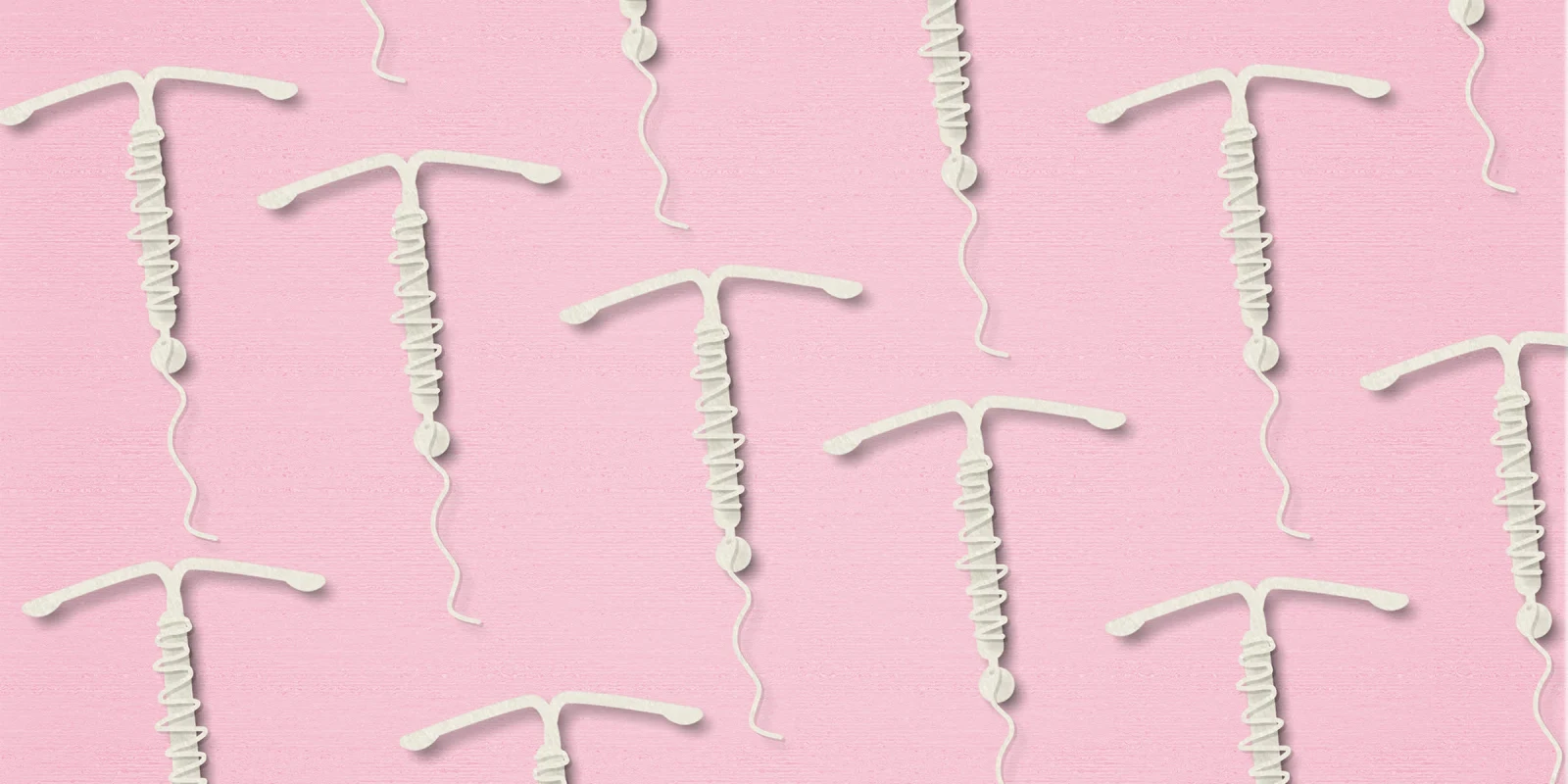The recently updated CDC U.S. Selected Practice Recommendations for Contraceptive Use have focused an important spotlight on pain control with IUD insertion and brought a lot of media attention to the issue. It comes at a time when social media has positioned pain control with IUD insertion as a trending issue in online women’s health discourse. Unfortunately, the majority of this media attention has presented an oversimplified discussion of a multi-faceted problem in providing IUD insertions.
There are two primary sources of pain with IUD insertion: placement/use of the tenaculum, and insertion of the IUD into the uterine cavity itself. Any given patient may experience pain in response to both, one or the other, or neither of these steps.
The CDC document itself posits that it provides “updated recommendations for the provision of medications for intrauterine device placement.” However, on further reading, the basis of this statement lies in two pieces of guidance: 1) Routine misoprostol use is not recommended (but is sometimes indicated) and 2) A paracervical block or topical lidocaine may be helpful. In my opinion, this falls short of providing actual recommendations for medication provision.
The majority of the mass media articles I have read have focused on the use of lidocaine, and topical lidocaine has frequently been presented as an easy solution. I can only imagine the women reading these articles must think gynecologists are absolute monsters to fail to provide topical lidocaine if it will treat the pain of the IUD insertion. The truth, however, evident in a thorough reading of the CDC document, is that topical lidocaine has been found helpful in only a minority of studies, and predominantly relieves only the pain of tenaculum use. The alternative, a paracervical block, has produced better but still mixed results, but can be a painful application, and may produce more pain than the IUD insertion itself for a significant number of women.
Many clinicians who provide IUD insertions have seen the impact of overwhelmingly negative representation of IUD insertion on social media, and have encountered the challenges this has created in counseling women about IUD insertion and the breadth of experiences different women have. Many of the articles discussing the CDC recommendations have focused solely on this experience of IUD insertion, further perpetuating the worst extreme of the experience for women. By then going on to present pain control for IUD insertion as the simple application of some lidocaine gel, these articles are further misrepresenting the procedure and creating unrealistic patient expectations. It is difficult to counsel a patient who is already convinced there is one singular experience awaiting them, but even more difficult to prepare a patient who is convinced an unreliable intervention will dramatically improve the experience. I have encountered this with patients planning on epidural analgesia in labor. Although I will counsel patients during prenatal care on what pain we expect an epidural to relieve and the types of pain that are frequently still experienced by women laboring with an epidural, I regularly encounter patients who struggle with not receiving the pain-free experience they anticipated or believe their epidural has not worked.
What the commercial and social media accounts make clear is that too many women have found their counseling regarding IUD insertion inadequate and pain expectations minimized. Many women also describe feeling pressured to get IUDs when they are hesitant. What the CDC report does well is provide a thorough discussion of how to approach counseling about IUD insertion by emphasizing the need for complete, patient-centered, and non-coercive counseling on contraceptive options. It is important to discuss the potential pain of placement, to speak frankly with our patients about the range of experiences different individuals have and the limitations of pain control options, and then to accept if a patient decides the potential pain of the procedure is an unacceptable risk to them.
In my practice, I routinely counsel patients that some women find IUD insertion to be the worst pain they have ever experienced, and discuss the options and limitations of pain control for the procedure. I also have the luxury of being able to provide an IUD insertion under sedation to those who want it and are willing to accept the potential cost and the inevitable delay in contraceptive provision.
An accurate understanding of pain and pain management options for IUD insertion is also important for PCPs, both those providing IUD insertion and others who routinely make referrals for this care. A referral may be needed for patients who desire pain management options or sedation that are not routinely available to a PCP but can be accessed in a gynecology specialty clinic. Furthermore, discussing pain control in an established patient-physician relationship prior to the referral may help to set patient expectations, relieve anxiety surrounding the referral and insertion, and expedite provision of needed contraception. A referring clinician may address if the patient has any concerns surrounding pain with IUD insertion. They can counsel patients on commonly utilized methods of addressing pain, including topical and injected lidocaine, and the evidence for and against their efficacy. Together the patient and the clinician can determine which interventions a patient desires and ensure they are referring to an office or clinic with the capacity to provide the requested services.
I am thankful these updated CDC recommendations and the surrounding media attention have brought a spotlight on the issue of pain management for IUD insertion. My heart sinks every time it becomes clear that a woman in my care is struggling with the procedure. But a better emphasis of the message would be on the need for further research and innovation to find reliable, adequate, and acceptable measures to relieve the pain of IUD insertion, instead of over-promising on the unreliable and frequently inadequate options we currently have.
What is your experience talking to patients about IUD pain? Share in the comments.
Dr. Erica Jacovetty is an ob/gyn practicing in Maine. She enjoys reading, pie making, and gardening. Dr. Jacovetty is a 2024-2025 Doximity Op-Med Fellow. Image by Carol Yepes / Getty Images







